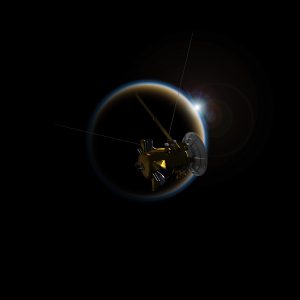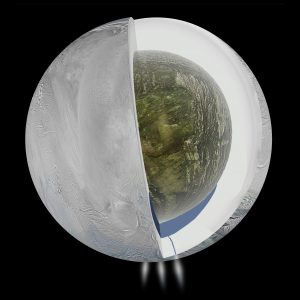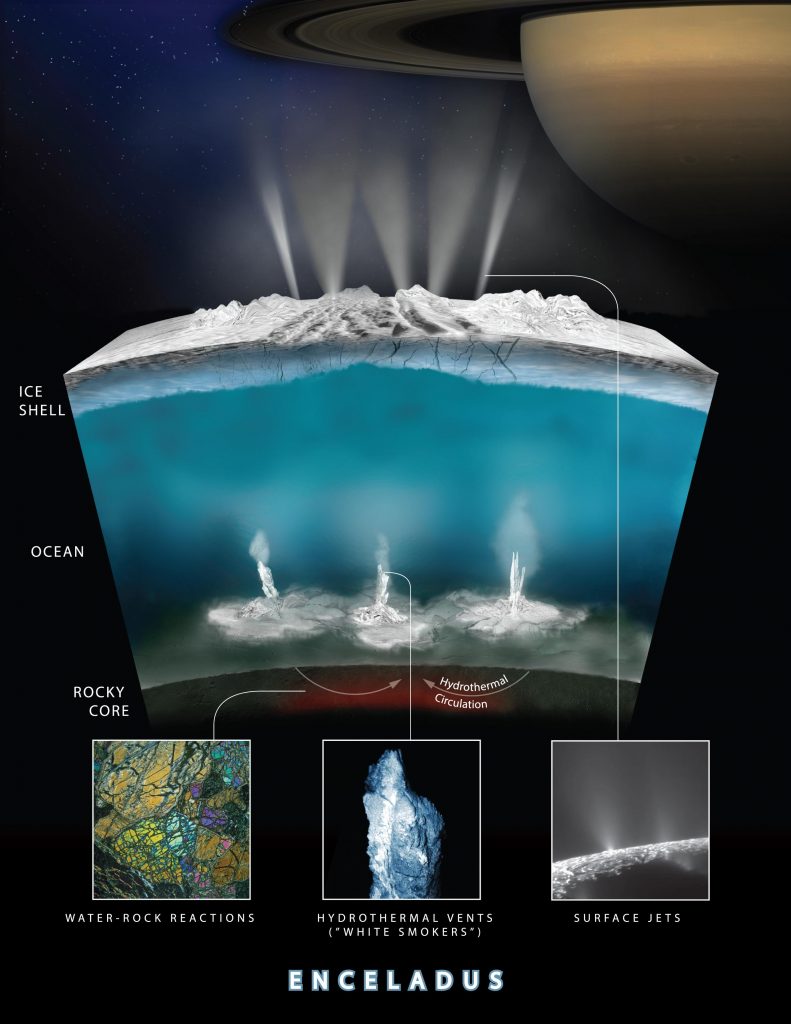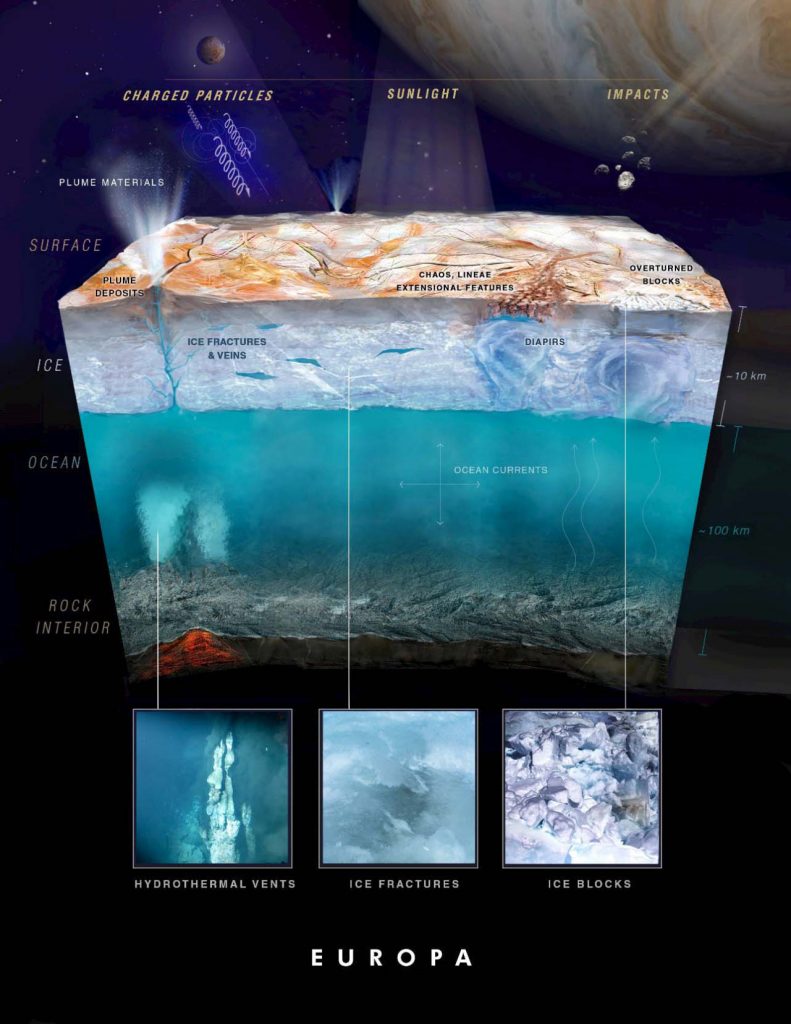Icy Moons
Humans have always look to the night skies in wonder, and for information and navigation. The technological advances of the last century finally allowed us to escape the gravitational pull of our own planet with rockets, opening the door for the exploration of the stars, planets, and other astral bodies within and outside our solar system.

Hand in hand with a growing understanding of how life originated on our own planet, the hunt is on for extra-terrestrial life. One theory for the origin of life is that it originated at places where water and rocks interact on a geologically active planet or moon – something like submarine volcanoes. The terrestrial sea floor is such place. Therefore, astrobiologists have an especially keen interest in planets with water. Indeed in NASA’s search for extra-terrestrial life, they have the guiding principal ‘follow the water’.
Although manned missions to other planets are still the stuff of science fiction, humans are increasingly sending more and more sophisticated automatic probes into space to gather data on planets, moons, asteroids, and comets. Quite recently the NASA mission Cassini collected such data.
Klára Kalousová and her colleagues from the research group at Charles University, Prague, are amongst the many scientists globally scrutinising this data for clues about how the cosmos works. Of particular interest to them are the icy moons of planets in our solar system including Enceladus, Europa, Titan, and Ganymede.
Enceladus and Europa have similar conditions to those in which life on Earth is thought to have originated, namely an ocean in contact with the rocky mantle of the moon. Enceladus (a tiny moon of Saturn) is highly active, and its deep internal ocean periodically geysers. Using the High Performance Computing (HPC) resources available at IT4Innovations National Supercomputing Center, Klára Kalousová and colleagues have been exploring the movement of water, ice, and for other moons, salts and volatile compounds, giving new insight into how well these moons might support the development of life.
In the future, NASA will use an ice penetrating radar in the Europa Clipper mission, which will yield further details about these ice covered moons, and the work of our colleagues will help to determine important details of what to explore for the European Space Agency’s (ESA) mission JUICE, examining Ganymede in closer detail. HPC is playing an important role in finding out if we really are alone in this universe.




